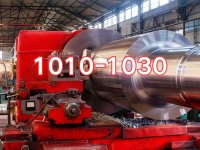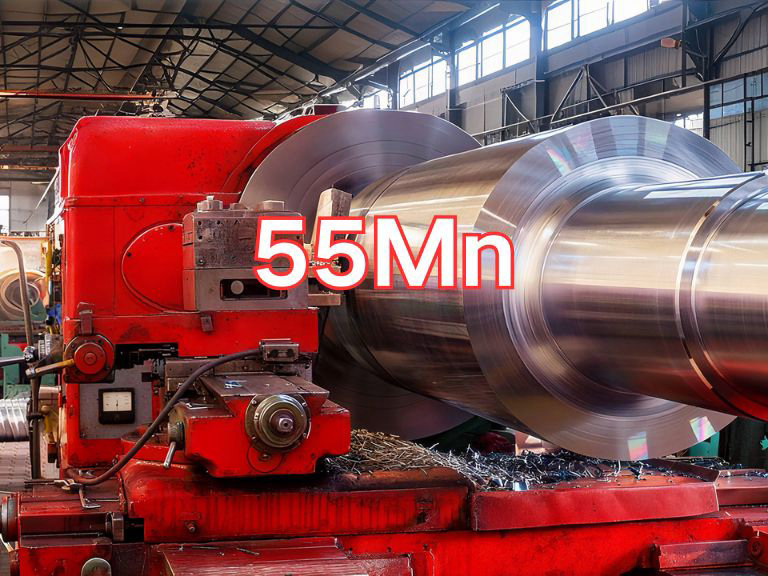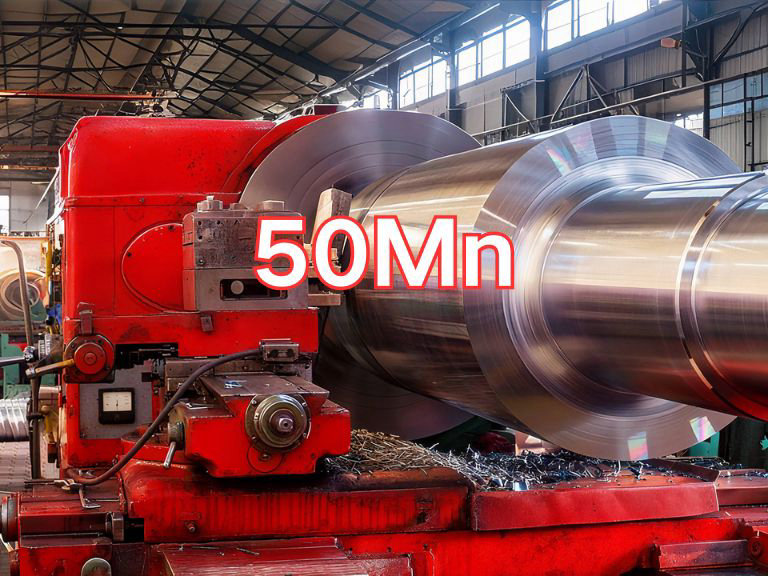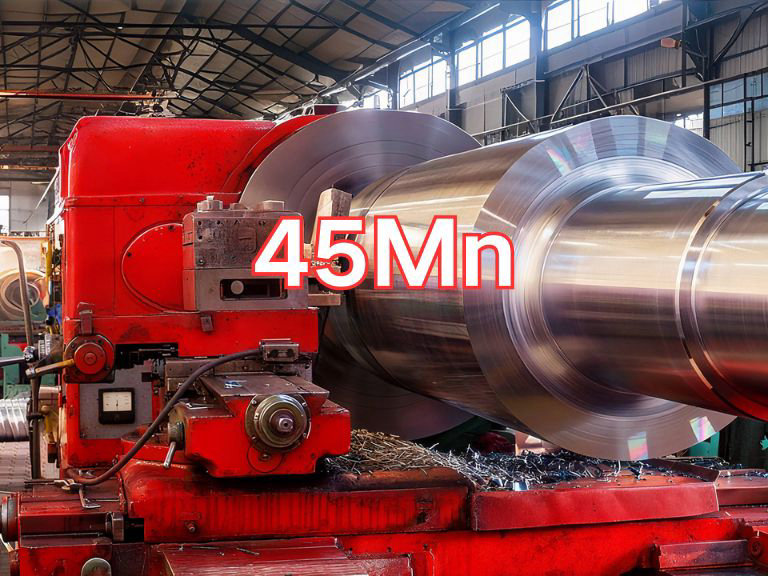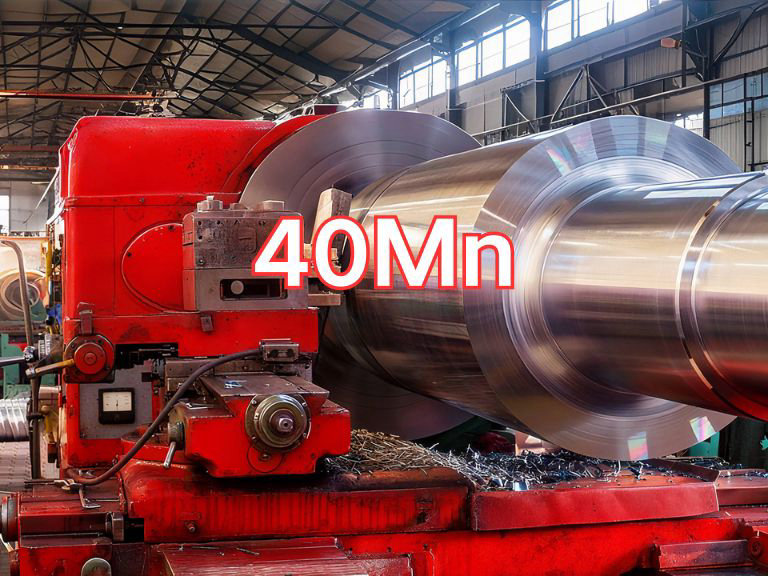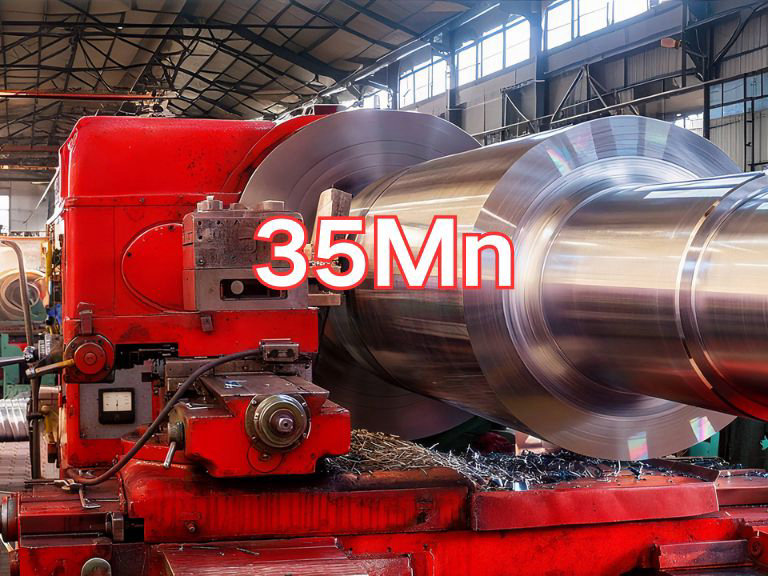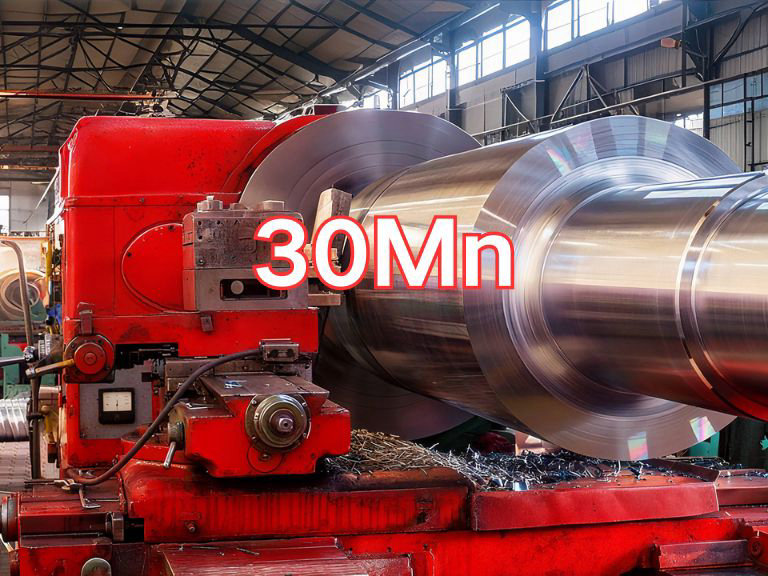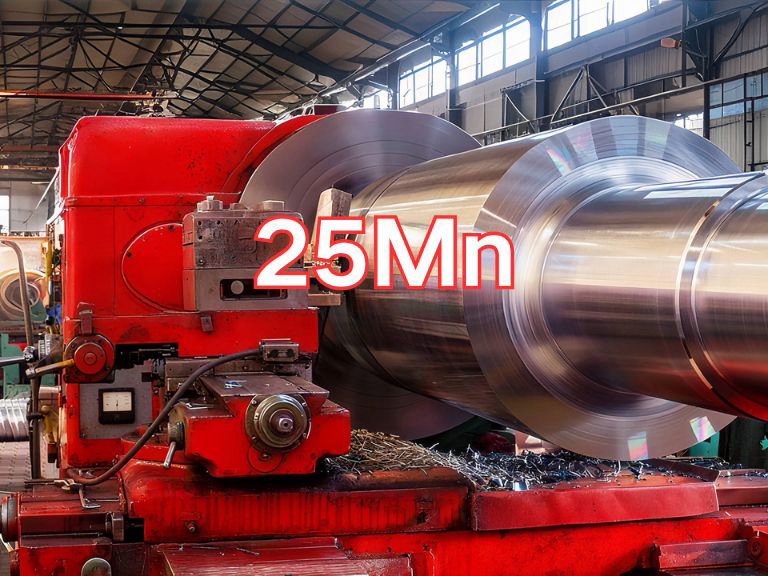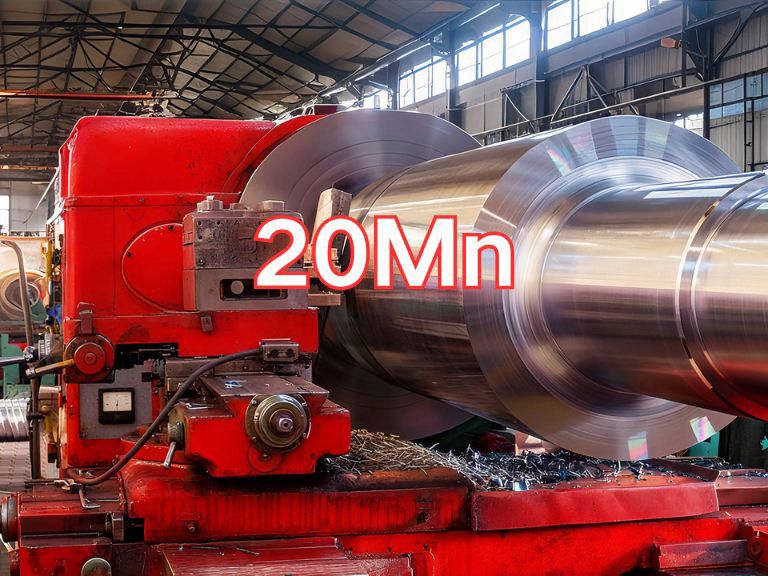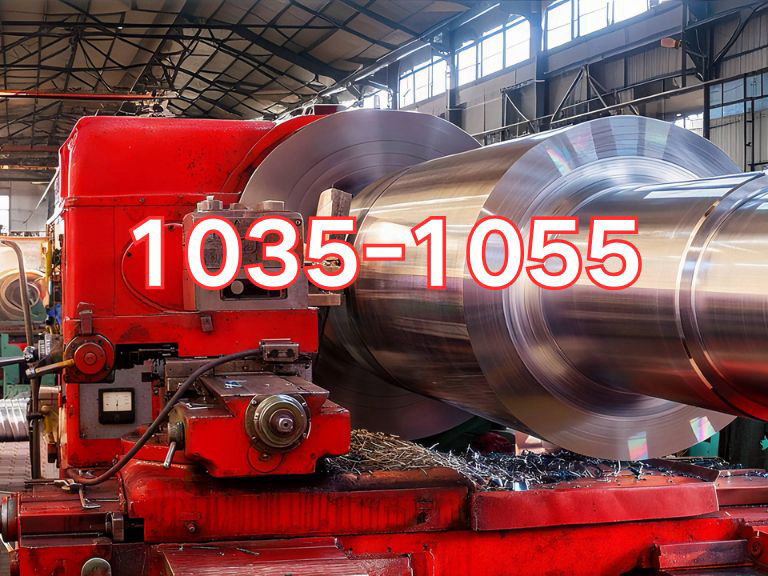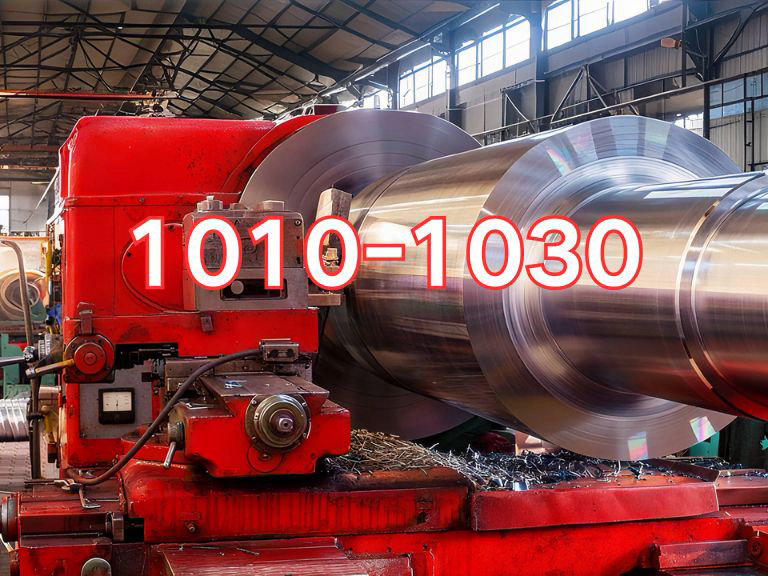

1010-1030 Steel Plate
1010, 1015, 1020, 1025, and 1030 are common low- to medium-carbon, high-quality carbon structural steels in the ASTM standard system. Their technical requirements are primarily governed by the current standard ASTM A830/A830M-22 "Standard Specification for Plates, Carbon Steel, Structural Quality", along with related standards such as ASTM A36 and A576. This series consists of non-alloyed, high-quality carbon steels, with designations following the AISI/SAE naming convention: "10" indicates plain carbon steel without additional alloying elements, and "XX" represents the average carbon content in hundredths of a percent (e.g., 1020 indicates a carbon content of approximately 0.20%). Common characteristics include: progressively increasing carbon content (approximately 0.10%–0.30%), with strength and hardness rising as carbon content increases, while maintaining good ductility, toughness, and cold-forming capability; excellent weldability and machinability in annealed or hot-rolled conditions; and the ability to enhance performance through normalization, quenching and tempering, or surface hardening (e.g., carburizing). These steel plates are widely used in manufacturing structural components and mechanical parts requiring moderate strength but excellent formability and weldability, such as in automotive manufacturing, construction, general machinery, piping, brackets, frames, enclosures, and fasteners.
Distinctive Features of Each Grade:
1010: Carbon content ~0.08%–0.13%. Lowest strength but excellent ductility and toughness. Outstanding cold-forming performance, suitable for deep drawing and bending. Commonly used for sheet metal stampings, enclosures, and washers.
1015: Carbon content ~0.13%–0.18%. Slightly higher strength than 1010, still with excellent ductility and weldability. Suitable for bushings, pins, and welded structural components requiring good formability.
1020: Carbon content ~0.18%–0.23%. Well-balanced properties with moderate strength, good machinability, and weldability. One of the most widely used low-carbon steels, commonly used for shafts, bolts, piping, and brackets.
1025: Carbon content ~0.22%–0.28%. Higher strength and hardness than 1020. Can be heat-treated (quenched and tempered) to improve performance. Suitable for medium-load mechanical parts such as shafts, connecting rods, and gears.
1030: Carbon content ~0.28%–0.34%. The highest carbon content in this series, offering significantly increased strength and hardness. Can be quenched and tempered to achieve good overall mechanical properties. Used for high-load components such as high-strength shafts, spindles, and connecting rods.

Ultrasonic Testing (UT)
A key non-destructive testing technique that uses high-frequency sound waves to detect internal flaws in steel plates. The probe emits sound waves, which reflect when encountering defects such as cracks or inclusions. The receiver captures the echoes, enabling precise determination of defect location and size. With high sensitivity, strong penetration, and fast inspection speed, UT effectively ensures internal quality, widely used in the production of heavy plates, pressure vessel plates, and other high-end products to guarantee safety and reliability.

Magnetic Particle Testing (MT)
A common surface inspection method that magnetizes the workpiece, causing leakage magnetic fields at surface or near-surface defects like cracks or inclusions, which attract magnetic particles to form visible indications. Simple to operate and highly sensitive, MT is suitable for rapid inspection of surface and near-surface flaws in ferromagnetic materials, widely used for online or offline inspection of plate edges, ends, and welds, ensuring product quality and safety.

Penetrant Testing (PT)
A non-destructive method for detecting surface-breaking flaws. A penetrant liquid is applied to the cleaned steel surface, allowing it to seep into defects such as cracks or pores. After removing excess penetrant, a developer is applied, causing the trapped penetrant to bleed out and form visible indications. Simple and cost-effective, PT is suitable for inspecting surface defects in various non-porous materials, commonly used for welds, castings, and complex components, effectively ensuring surface quality of steel plates.

